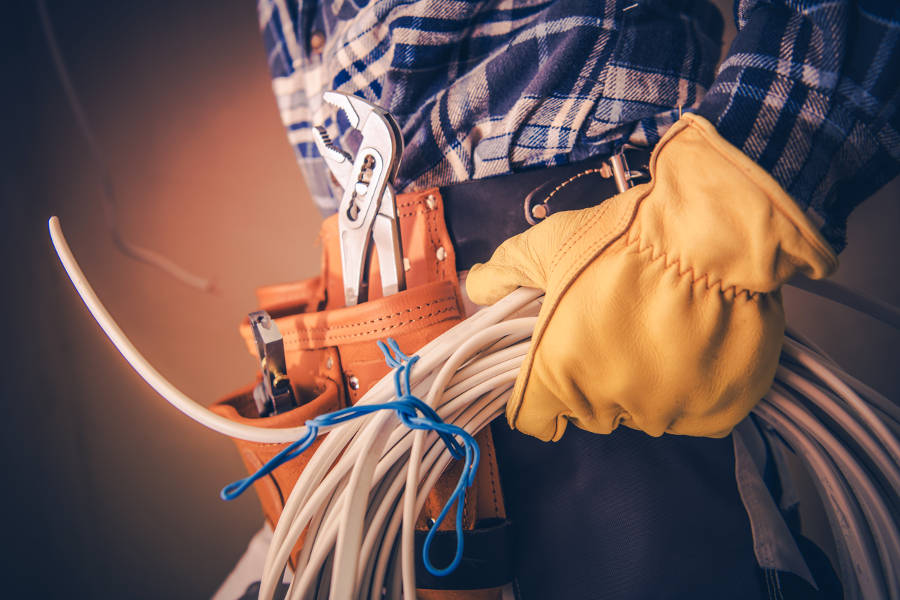The garden, the terrace, or a courtyard need electricity to supply, for example, lighting or sockets. The outdoor circuit is an integral component of the electrical installation for a home.
Is it mandatory to bury the cables? What are the steps to follow?
You should book an electrician service in Jail Road Lahore to avoid electrical hazards in your home. Or follow our advice for a successful outdoor electrical installation.
Ø The Importance of the Differential Circuit Breaker
. The outside line must be connected independently to a 30-mA differential circuit breaker located inside the house’s distribution panel.
This security makes it possible to isolate the external circuit from that of the house and to cut off the current in the event of an incident (short circuit, insulation fault, etc.).
All the exterior circuits must be independent of each other (one circuit for the garden lights, another for the exterior sockets, a third if you have an electric gate, etc.).
Ø Watertight Equipment
Electrical equipment installed outdoors must all be earthed and waterproof. The IP rating gives the waterproofness of an electrical appliance: to be installed outdoors. The IP must be at least 24. Electricity professionals advise to go for IP44 or even 65 or 68 for sprinklers or swimming pool equipment.
The NF C 15-100 standard requires the installation of a lighting point at least above each entrance to the house and annex buildings.
You can fit these with either a conventional switch or a motion detector.
Sounds tricky right? Don’t worry!
Ø Visible or Buried Installation?
A buried electrical circuit guarantees better security, which is why it is wise to anticipate it from the construction of the house if possible. You can book an electrician in Jail Road Lahore through an online app like Mr. Mahir app for visible installation.
Ø Buried Installation: The Most Recommended
Here again, standards specify the rules that you should follow:
- You must bury the cable at a minimum depth of 50 cm for a garden and 85 cm for an alley (to avoid the phenomenon of crushing).
Ø The Apparent Pose
The rigid ducts are pegged into the wall using specially designed clamps spaced 40 cm horizontally and 80 cm vertically.
1. Make a Circuit Map
On the ground plan of your plot, position the electrical panel (lighting, sockets, gate, automatic watering system, etc.). Then connect them with lines representing the cables, not forgetting to make a circuit by type of device.
Straight lines and shorter journeys are ideal, but you can also follow the design of a lawn or a driveway.
2. Bury the Cables
The cable to be buried must come out of the indoor electrical panel. After digging your trenches respecting the standard depths indicated above, you spread a layer of sand of about 10 cm in the bottom. On top lay the sheath containing the cable, then a second 20 cm layer of sand. Finally, you extend the flexible warning mesh over the entire length of the trenches you close with the soil you have removed.
3. Connect Your Devices
Follow the instructions for connecting your electrical devices, ensuring that the connection is watertight. If you think doing all this is too risky and you do not have the required skills, book the best electrician in Lahore.
